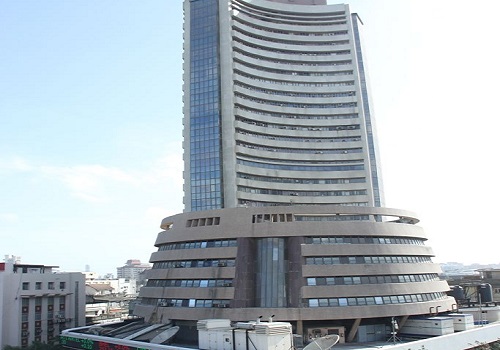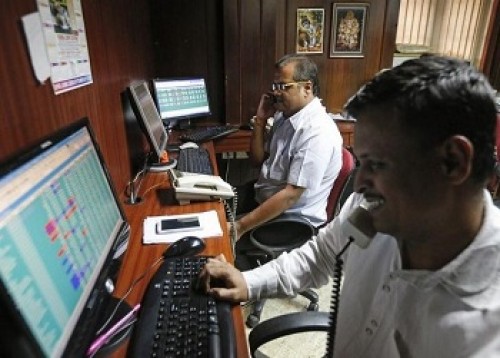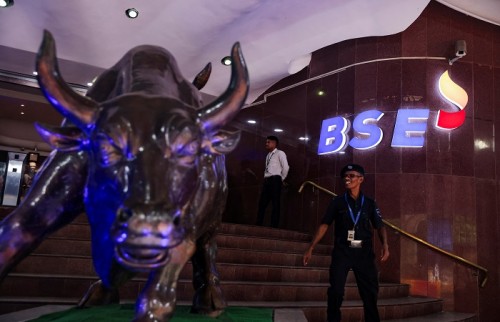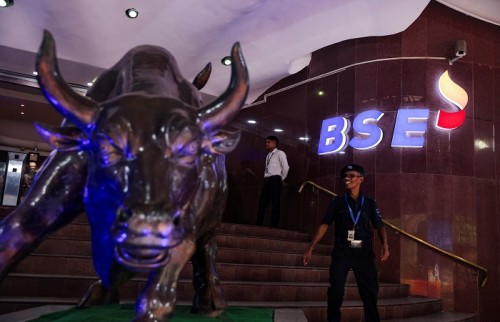Mid and small-cap stocks faring better than large caps in India: Expert

Follow us Now on Telegram ! Get daily 10 - 12 important updates on Business, Finance and Investment. Join our Telegram Channel
At a time when the Indian stock market is up, the Mid Cap and Small Cap stocks are doing well as compared to the large cap ones, said experts.
"In the current financial year both mid cap index and small cap index have outperformed Nifty 50. This is primarily due to mean reversion. However, we believe in looking at a portfolio from a diversified perspective," Feroze Azeez, Deputy CEO, Anand Rathi Wealth Limited, told IANS.
According to Azeez the one year expected rate of return for Nifty100 is 13.67 per cent, while for Nifty Mid Cap 150 it is 12.45 per cent and for Nifty Small Cap 250 it is 20.80 per cent.
"The desirable allocation of investible funds would be 50 per cent for Large Cap, 20 per cent for Mid Cap and 30 per cent for Small Cap," Azeez said.
As regards the sectors that are performing well based on quarterly performance data -- oil and gas, metals -- both ferrous and non-ferrous and telecommunications is doing well. Earnings growth is positive for most sectors except for healthcare, metal, oil and gas, he said.
"Auto, capital goods and banks are the sector leaders. Based on percentile rank of current earnings, bank, power and tech are at an all-time high; whereas healthcare, IT and durables have seen a slowdown, however the earnings are holding good.
"The percentile rank of current PE shows that auto, IT and tech are slightly over-valued whereas bank, FMCG and capital goods are priced reasonably. This depicts that some sectors with rich valuation still have earnings that need to catch up," Azeez remarked.
Be that as it may, Azeez said foreign institutional investors (FII) are coming back to India as the economy is doing pretty well in terms of growth by annual projection.
"India will be the fastest growing country in 2023 with industry growing at 5.8 per cent according to analysts' estimates. Till 2027, India will be the fastest growing major economy of the world. In terms of other macro indicators and high frequency data, most of these data are showing India's economy is doing reasonably and are in the positive zone," he said.
India is doing better than most of the peers and as far as the corporate fundamentals are concerned.
"From a liquidity perspective, the Indian equity market remains extremely in a sweet spot, particularly the domestic liquidity. The valuation for Indian equities is significantly below the average since 2017. More or less at the median for the last year, average valuation is also fine; it's not extremely compelling and quite comfortable," he said.
While the above are the domestic factors, on the global factors Azeez said the interest rate scenario across the world remains at a high and the discounting rate increases the value of equity keeps falling whereas in India, we are at the end point of policy rate hikes.
"With interest rates likely to remain elevated, the risk of recession has increased across the globe, especially with geo-political tensions. However, in India, the liquidity and interest rate scenario remain strong and probability of a recession is low. The geo-political scenario across the world remains unstable with the Russia Ukraine crisis, China US struggle and Taiwan crisis," Azeez said.
According to him, the FIIs may pull out their funds if there is a slowdown in the growth or the growth turnout is different from the expectation levels, inflation going up, tightening of monetary policy and weather conditions affecting agricultural produce and disruption in the consumption sector.
























